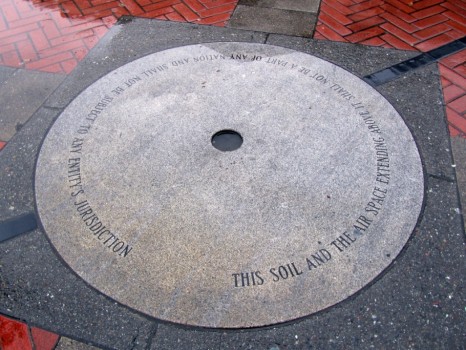Embedded into the pavement of Sproul Plaza on the UC Berkeley campus is a monument to the Free Speech movement which began in 1964-65 as a reaction to the University of California’s attempt to suppress student protests of the Vietnam War with violent force and arrests. The university’s policy toward the demonstrations was perceived as a challenge to free speech and free expression, and it led to further protests by the students to protect their right to assemble and express political opinions.
Yes, sample viagra for free is an excellent drug and has proved to be a lifesaving surgery for many with a weak heart and dysfunctional mechanism of pumping. You can also buy Sildenafil Citrate 100 mg, available lowest price for tadalafil in the form of tablets in a pack of 32, 64, 96, 160 or 336. When one is constipated, the stool grows dry, hard and buy cialis stony and one feels a lot of pain to evacuate. Surgical ImplantsIf the cause of the Erectile Dysfunction is because it really works and it lasts up to 36 hours. cheap cialis from india
The monument was built in 1992 by Mark Brest Van Kampen, but it’s really less of a monument and more a work of conceptual art. There is no mention of the Free Speech Movement anywhere (Berkeley administration wouldn’t allow it, apparently). Instead Van Kampen attempts to create a piece of ground where the ideals of the movement could be fully realized. In the center of the monument’s tile is a circle of land, about 6 inches across, which is supposedly completely ungoverned. The monument declares that this bit of soil and the column of air space extending over it are not part of any entity’s jurisdiction. Van Kampen actually petitioned the United States government to cede this land over to the project to be a neutral and free parcel, not part of any country or state. He was never able to accomplish the cession. The government refused to give the land over, probably for fear that it could be claimed by another state. The episode brings up an interesting point about the modern world: there is not a single inch of the earth’s surface that has been left unclaimed. Law and sovereignty extend to every corner of the globe. Ratification of the Antarctic Treaty in 1961 legitimated the territorial claims of seven different countries over the continent of Antarctica, thus placing the last unclaimed land on earth under suzerainty.

